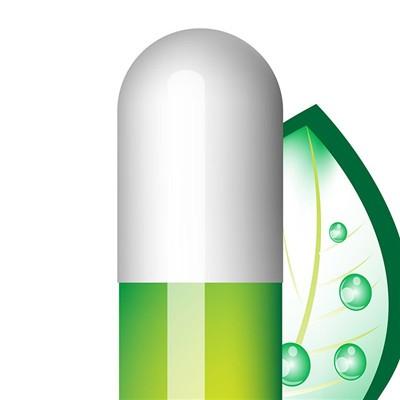How to get rabies?
summary
Rabies is an acute infectious disease of central nervous system caused by rabies virus. Because rabies patients have prominent clinical manifestations of fear of drinking water, the disease was also called "hydrophobia", but the sick animals do not have this feature. The main clinical manifestations were manic, uneasy, wind, water, salivation and pharyngeal spasm, and eventually paralysis and life-threatening. So what about rabies?
How to get rabies?
First of all, rabies is the most dangerous viral disease in all infectious diseases, once the onset, the prognosis is very poor. So far, there is no specific treatment. Many new drugs, such as interferon α, arabinose adenosine, transfer factor and high-dose human anti rabies globulin, have been used in clinic, but they all failed. Therefore, it is emphasized that the preventive treatment should be carried out in time after the bite, and the symptomatic comprehensive treatment should be given priority to for the patients after the bite.

Secondly, the monitoring and treatment should be completed by the medical staff who have been vaccinated. The ward should be dark and dark, and there should be no noise and running water around. Nurses should not wear hard soled shoes, do not shake the bed, and take things with care. Do not give patients stimulating food. To manic, convulsive patient can use sedative, if phenobarbital (phenobarbital sodium) or diazepam, make it keep quiet. Attention should be paid to maintain the balance of nutrition, water and electrolyte, and intravenous infusion of glucose saline, dextran 40, plasma, potassium supplement and correction of acid-base imbalance.

Finally, all measures should be taken to maintain the function of cardiovascular system and respiratory system, such as tachycardia, arrhythmia and high blood pressure, which can be treated with beta blocker. Respiratory failure is the main cause of death in rabies patients, so tracheotomy, artificial respirator and other measures can be used to maintain breathing and correct respiratory failure when necessary.

matters needing attention
At present, there is no effective treatment for rabies, and the fatality rate is close to 100%. Therefore, it is necessary to strengthen the prevention work and quickly control the spread and prevalence of rabies. The basic knowledge of rabies prevention and control should be widely publicized.















